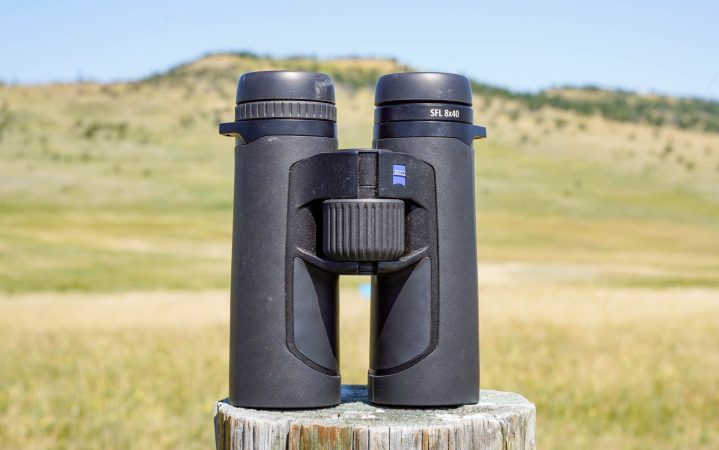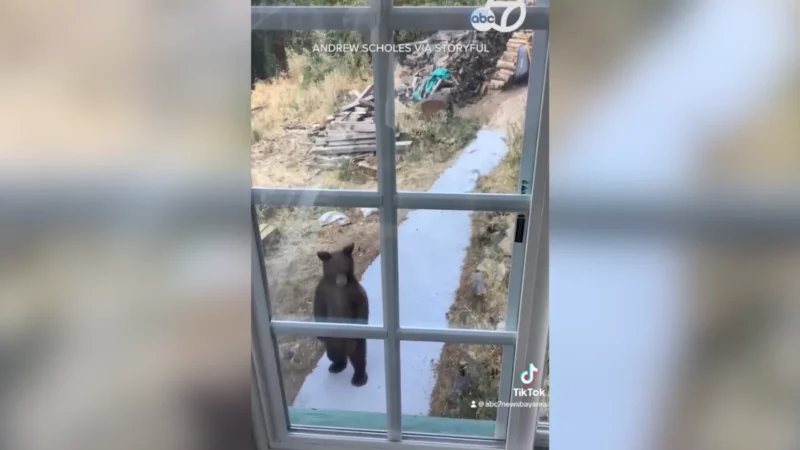How to Pitch a Tent
As unlikely as it may seem, the manner in which a thin piece of fabric is stretched over you while camping can be the difference between a good night’s sleep and a late-night drive home. In the worst scenarios, a night without a properly pitched tent could mean hypothermia, exposure, or even death.
Knowing how to pitch a tent properly is critical to staying warm and dry and keeping our belongings away from animals who might want a nibble. But understanding how tents are constructed, and more importantly where they should be placed, can be more complicated.
After years of camping in everything from a bivouac to a multi-room family tent, I will explain the best way to learn how to pitch a tent and how to choose the best spot for it in the woods.
Learn How to Pitch a Tent
Congratulations on your new tent. Hopefully you’re staring at it in your yard or garage instead of in the backcountry, wondering how the thing is supposed to work.
Pull all the pieces out of your tent bag and inspect them. The first step should be verifying your tent actually arrived with the necessary parts. If you went with one of the best camping tents, everything should be fine, but it’s best to check at home.
Assuming you have all the correct pieces, find a spot you can practice pitching your tent. All you need is a flat, dry space as large as the tent’s footprint. If you’re not sure how big the tent will be, open the tent’s ground cover, or footprint, and lay it out flat. A footprint is a waterproof piece of material used to keep your tent dry. Some, but not all, tents will come with their own. If your tent does not have a footprint, consider buying one because they also help extend the life of your tent by protecting the tent floor from sharp rocks and sticks.
On top of your tent’s footprint, lay out the main tent fabric. Set the rain fly aside for now.
Next, assemble the tent’s poles and notice if they have unique colors on their tips that may correspond to tent corners.
If your tent came with instructions, now would be a good time to read about any tips on how best to set it up. While most tents follow similar, basic concepts, many have small differences. Instructions will help make sure you use all the correct clips, Velcro straps, and loops.
Once the tent is constructed, place the rain fly on top so you know how it fits and how tricky (or not) it is to use.
Use Your Tent Stakes
It may be tempting to skip those tent stakes that are often hard to pound into the ground. This is especially true if you’re pitching your tent in nice, calm weather. Don’t skip this step. Tent stakes come with your tent for a reason, and that reason is often because wind and rain can appear suddenly. I’ve had tents blow into lakes and into trees (even while staked down) and once watched someone else’s tent blow a dozen yards across the sagebrush prairie (it was not staked down). You may not need all your stakes, but at a minimum, make sure you secure four corners so you’re not chasing your new tent and all of its contents across a campground.
Read Next: Best Instant Tents
Bring Your Rain Fly
Leave your rain fly at home at your camping peril. While plenty of nights are nice enough to sleep under the stars, or under the thin mesh of your tent’s top, you should still always have your rain fly along. Storms roll through in the middle of the night, and no one likes sleeping in a shower. If you want to see the stars but also don’t want to assemble a rain fly in the drizzle at 2 a.m., consider placing half of it over your tent and rolling the other half underneath itself. That way if a storm does appear, you only need to unroll the rest of the rain fly and snap it into place.
Where to Pitch a Tent
Once you know how to put your tent together, you’re ready to hit the trail, woods, or public campsite. At most campsites there will be established spots for you to pitch your tent. But if you are backpacking or dispersed camping, it might not be as obvious. Here’s how to decide where to pitch a tent.
Find a Flat Spot
Sleeping on a (relatively) flat surface really is as important as it sounds. If the ground is sloped too much to one side or the other, you’re either going to be rolling up onto the sides of your tent or rolling on top of your neighbor. Either way, it’s nicer to just stay put on your sleeping pad. If the tent is sloped down behind you, you’re going to wake up with a splitting headache as your blood rushes to your brain all night. If you can’t find a flat spot, err on the side of placing your feet (downhill) lower than your head.
Also be sure to check the ground for any large rocks, roots, stumps, or sticks. You don’t want to lay down at night and realize you have a softball-size rock poking into your back.
Read Next: Best Two Person Tents
Check Overhanging Trees
Now turn your eyes up and scan any nearby trees. Look for trees that are dead or leaning in a precarious way and avoid placing your tent underneath them. Also make sure you look for dead branches that could fall on you. People die every year when branches or trees fall on their tents.
Think About the Sun
Before you set up your tent, consider where the sun will rise in the morning. Maybe you like waking up with the birds and enjoy some sun on your tent. Maybe you don’t. Either way, you should decide before you set it up if you want to have shade or sun. Even on chilly, fall days, the sun can heat a tent to the point where you might wake up before you’d like.
Watch for Insects
Take a look at the ground before you pitch your tent and make sure you’re not inadvertently placing it near an anthill, wasps’ nest, or any other inset abode. Not only do you want to avoid sleeping on top of a small-critter’s home, but you should also avoid being close enough to put a bare foot on the nest when you step out first thing in the morning.
Consider Wildlife
Before you finish your ground inspection, check for any game trails. Wildlife like elk, deer, moose, coyotes, bears, and wolves all often prefer the path of least resistance while walking from one place to another. Cows do, too. So be sure you aren’t placing your tent in the middle of a major game trail or cattle path.
Avoid Smells
Sometimes placing a tent a little closer to the outhouse can be handy if someone in camp might need a midnight toilet run, bud get too close and you’re likely to go to bed with some unpleasant odors. Also check that you’re not downwind from a campground’s garbage bins both to avoid the stench and the possible critters that trash tends to attract.
Don’t Camp Too Close to Water
Most national forests, wilderness areas and parks have regulations for how close you can (or can’t) place a tent from water. Those rules are meant to protect streams and lakes from inevitable waste created by humans. But it’s also smart to pay attention to proximity to water when camping with children. If the smallest in your group aren’t yet strong swimmers, consider placing your tent farther away from water and leave the aquatic activities for daytime under adult supervision.
Read Your Local Regulations
Lastly, each area you’re camping (even if you are camping in the wilderness) will have rules about where you can and can’t place tents. They vary from how far you need to be from water or a trail to whether or not it’s legal to camp on beaches. Read those rules before you go so you stay safe and respect other campers.
Read Next: Best Ultralight Tents
FAQs on How to Pitch a Tent
Q: Is pitching a tent difficult?
It can sometimes be hard to learn how to pitch an unfamiliar tent even for experienced campers. It’s particularly challenging at night or in strong winds. If you haven’t set up your tent before, try assembling it at home in a controlled environment so you know exactly how each piece fits together.
Q: Can you pitch a tent on sand?
Camping on sand (where it’s legal) can be a fun and soft place to sleep. But be aware that tent stakes don’t stay in the sand as well as they do in other types of soils. If you plan to camp frequently in the sand, consider buying tent stakes made for sandy soils.
Q: Can you pitch a tent on a hill?
You really can place a tent just about anywhere—mountaineers sleep on the sides of cliffs suspended by ropes—but where you can sleep and where you will enjoy sleeping are very different. Find as flat a spot as possible and avoid tops of hills where the wind gusts are strongest for the best night sleep.
Read Next: Camping Hacks
Final Thoughts on How to Pitch a Tent
Curling up in a tent on a dark night after a good day outside is one of the great joys of camping. Consider it your home-away-from-home. But before you head out, be sure you know how to pitch a tent—specifically your tent—and where some of the best places are to seek out. And once your tent is pitched properly, enjoy your time outside.
The post How to Pitch a Tent appeared first on Outdoor Life.
We may earn revenue from the products available on this page and participate in affiliate programs. Learn More ›
Source: https://www.outdoorlife.com/adventure/how-to-pitch-a-tent/



